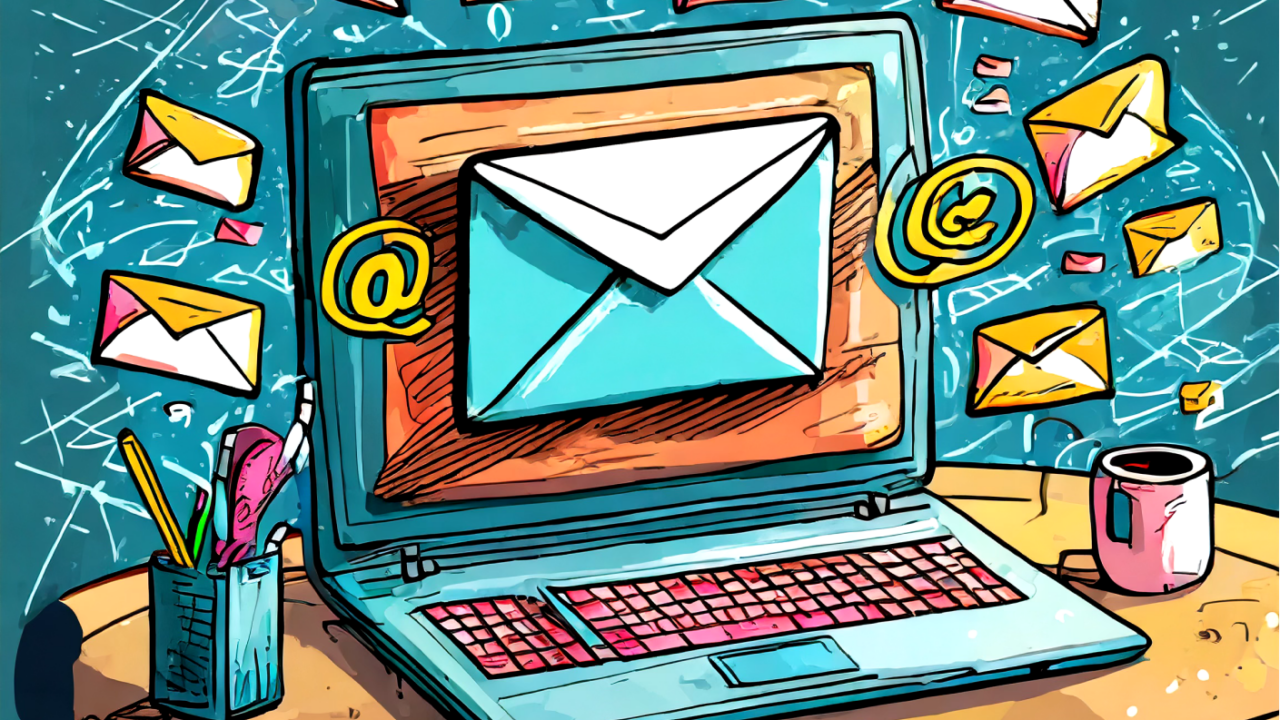In the digital age, our inboxes are the frontiers of our online existence, gateways to communication, work, and endless opportunities. But lurking amidst the treasure trove of useful emails, there’s an inevitable influx of unwanted messages: spam, promotional offers you never signed up for, and the odd email from a prince promising you a share of his vast fortune. It’s no wonder that the “Report as Junk” button has become a trusted ally in our quest to maintain digital sanity. But have you ever paused, mouse hovering over that button, and wondered, “What happens next?” Let’s demystify the journey of an email once it’s banished to the realm of junk.

The First Domino Falls: Reporting as Junk
When you mark an email as junk, you’re not just sweeping it under the digital rug of your own inbox. You’re setting off a chain reaction that reverberates through the vast networks of email servers and algorithms. The first step is immediate: the offending email is whisked away from your inbox, seeking asylum in the junk or spam folder. But that’s just the tip of the iceberg.
Behind the Scenes: The Algorithm Awakens
Reporting an email as junk does more than just clean up your inbox; it feeds valuable data into sophisticated filtering algorithms. These digital gatekeepers analyze the reported email, looking for patterns, keywords, and sender information that match the hallmarks of unwanted content. Your action is a vote in an ongoing election, where the candidates are emails, and the prize is a spot in the inbox or the junk folder. Over time, these algorithms learn from your preferences, becoming ever more adept at distinguishing between a junk email and a gem.

The Ripple Effect: Collective Intelligence
Your report doesn’t just benefit your inbox; it’s pooled with reports from other users, creating a collective intelligence that shields entire networks from spam. Email service providers aggregate this data to update and refine their spam filters, making them more effective for all users. In a way, hitting “Report as Junk” is a form of digital community service, contributing to a cleaner, more secure online environment for everyone.
The Sender’s Side: Consequences and Corrections
For legitimate senders who find their emails unjustly relegated to the junk folder, your report can serve as a wake-up call. It prompts them to review their email practices, ensuring they comply with anti-spam laws and best practices for email marketing. For those on the darker side of the digital divide, a high volume of reports can lead to blacklisting by email service providers, effectively cutting off their ability to reach inboxes.

The Power in Your Hands
Understanding the impact of reporting an email as junk empowers you to wield this tool judiciously. It’s a reminder of the role we all play in the ecosystem of digital communication, where every click contributes to the collective effort to keep our inboxes relevant and secure. So, the next time you encounter an unwelcome email, remember: reporting it as junk is more than just a personal clean-up—it’s a vote for the integrity of digital communication, a step towards a clutter-free inbox, and a contribution to the communal battle against spam.

In the vast digital ocean, where emails sail towards our inboxes like ships to a harbor, the “Report as Junk” button is our lighthouse, guiding us towards clearer waters. By understanding its power and purpose, we become not just recipients of emails but active participants in shaping the landscape of our digital world.
By Stanislav Kondrashov



